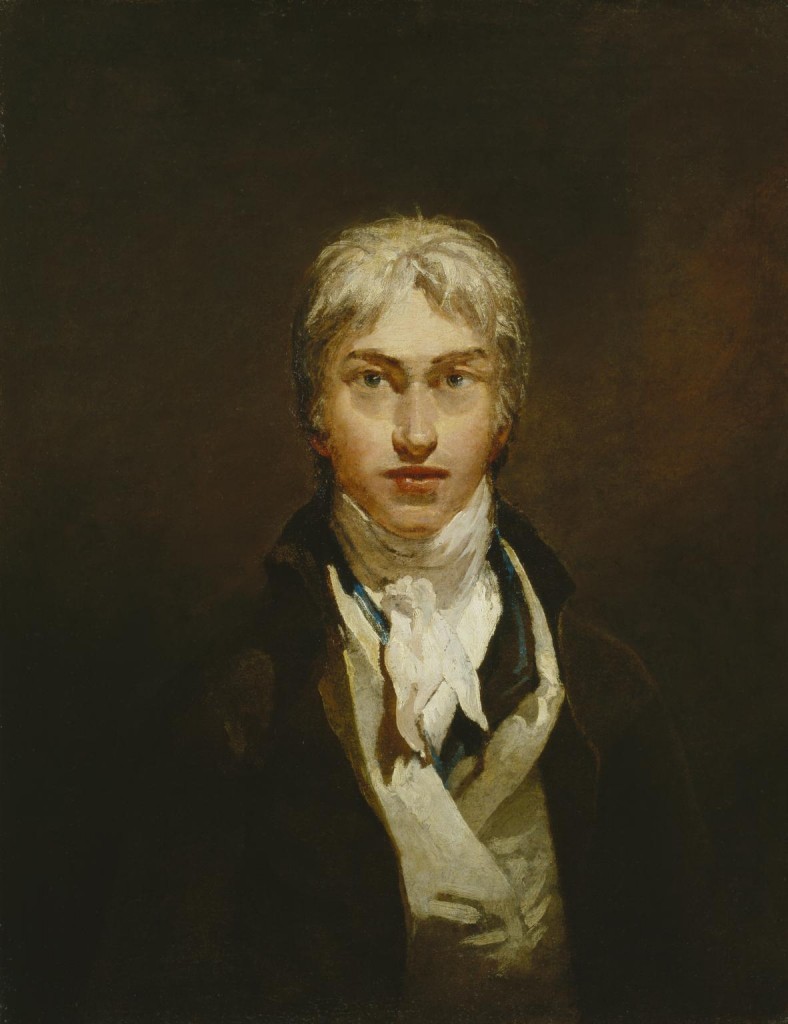Mr. Turner, the light and the dark
From a friend who listens to Mark Kermode’s podcast, which I do as well, but haven’t had time for it in a while: “Kermode said regarding Mr. Turner that he has never done such a positive review of a movie and yet had so many negative responses to the movie and his review.” Below is a passage from his review in The Guardian which ended with this line, ” . . . this (is an) awards-worthy portrait of a man wrestling light with his hands as if it were a physical element: tangible, malleable, corporeal.”
While his art engages, Turner’s personal life is depicted as increasingly insular and alienated, particularly in relation to the women who fall into his selfish circle. An early abrasive encounter with Mrs Danby (Ruth Sheen), by whom he has fathered two neglected daughters, establishes the artist as cruelly unwilling to acknowledge his adult responsibilities, preferring to be pampered by his own father rather than shoulder the burdens (and bereavements) of paternity. Meanwhile, housekeeper Hannah (Dorothy Atkinson, strong yet pitch-perfectly pitiable) dutifully accommodates Turner’s random needs for sexual relief, her own unspoken affections unmatched by his physical advances, which have the character of an assault. Brothels are visited for inspiration; the corpse of a drowned woman fires a feverish creative urge. Only in his relationship with Margate widow Mrs Booth (Marion Bailey) does Turner seem able to make an intimate personal connection.
For all its evident admiration of his work and legacy (Turner refuses to sell his paintings for a handsome £100,000, insisting that they will be left to the nation), this is also an honestly unsympathetic portrait of the artist as an aging man. On the canvas there is great beauty, while in his life there is ugliness aplenty.
Can’t wait to see it, the beauty and the ugliness both. The friend who called my attention to this also questioned my notion that loving a particular artist’s work is a kind of friendship with that artist–that the work conveys to you the man or woman who made it. There’s a crackpot theory that Walter Sickert was actually Jack the Ripper, and I agree that you can’t get to know Sickert quite well enough through his work to intuit that he liked to kill his models. What you do get to know, in a global way, through an artist’s work is the nature of that person as an artist: which involves a whole range of intuitions beyond what an artist thinks he or she is doing while creating a work of art. My love of Louisa Mattiasdottir’s work doesn’t tell me anything about how she behaved when she wasn’t painting, but all of the aesthetic choices she made in each painting, intentionally or not, consistently show me a complex set of perceptions that hang together in a way that adds up to her vision of the world. It adds up to who she is, as a painter. I don’t need to enumerate all the qualities her choices embody: intense and sustained emotion in an austere landscape, the ability to see the beauty of a particular sweater or a cluster of sheep (if that horizontally striped sweater was wool, who knows, there’s even more going on there maybe . . . ). In admiring her work, I have the equivalent of a friendship with someone who was able to see the beauty of simplicity and constraint, both in the Icelandic climate she apparently loved and in the way she painted. When I look, say, at Basquiat’s work, I see something almost entirely the opposite, and I find it unfriendly, even though many others see childlike exuberance in what he did. That doesn’t mean I think the work is bad. I just don’t have much affinity for it, and since I’m not a professional critic, I don’t need to know more than that.
Turner’s an interesting test of this friendship theory. I’m good friends with him, in his identity as a painter, but maybe I wouldn’t want to spent much time with him over a pint. Though I’m not sure I’d rule that out. I think artists are their best selves while painting, or at least their most effective selves, and that’s the person I want to spend time with and get to know–through the painting, not through the biopic. And what I get from a painting or a body of work is as complex and subtle and partly subconscious as what I gain through actual friendship with the people around me in my non-painting life. It’s holistic, not conceptual.

Comments are currently closed.